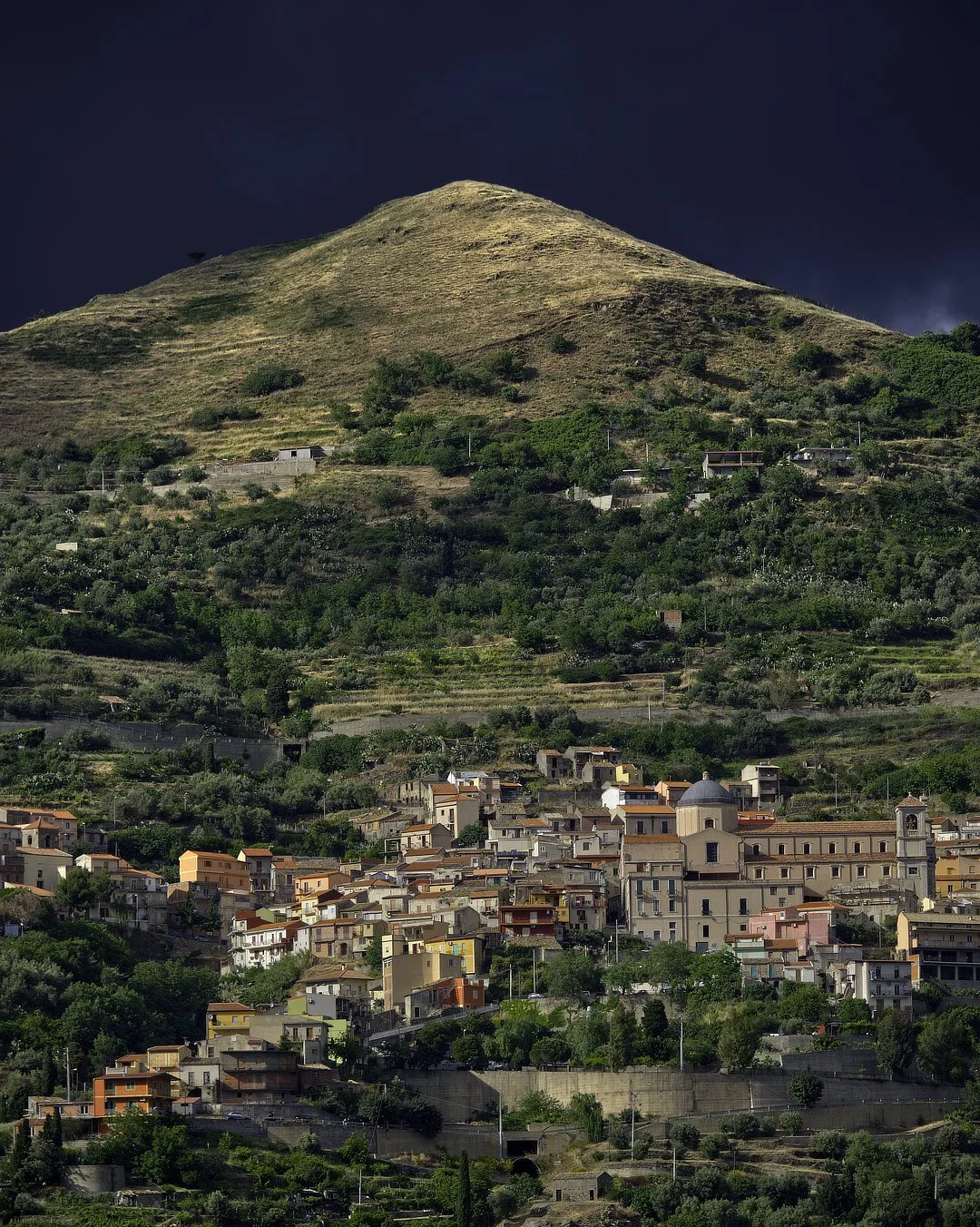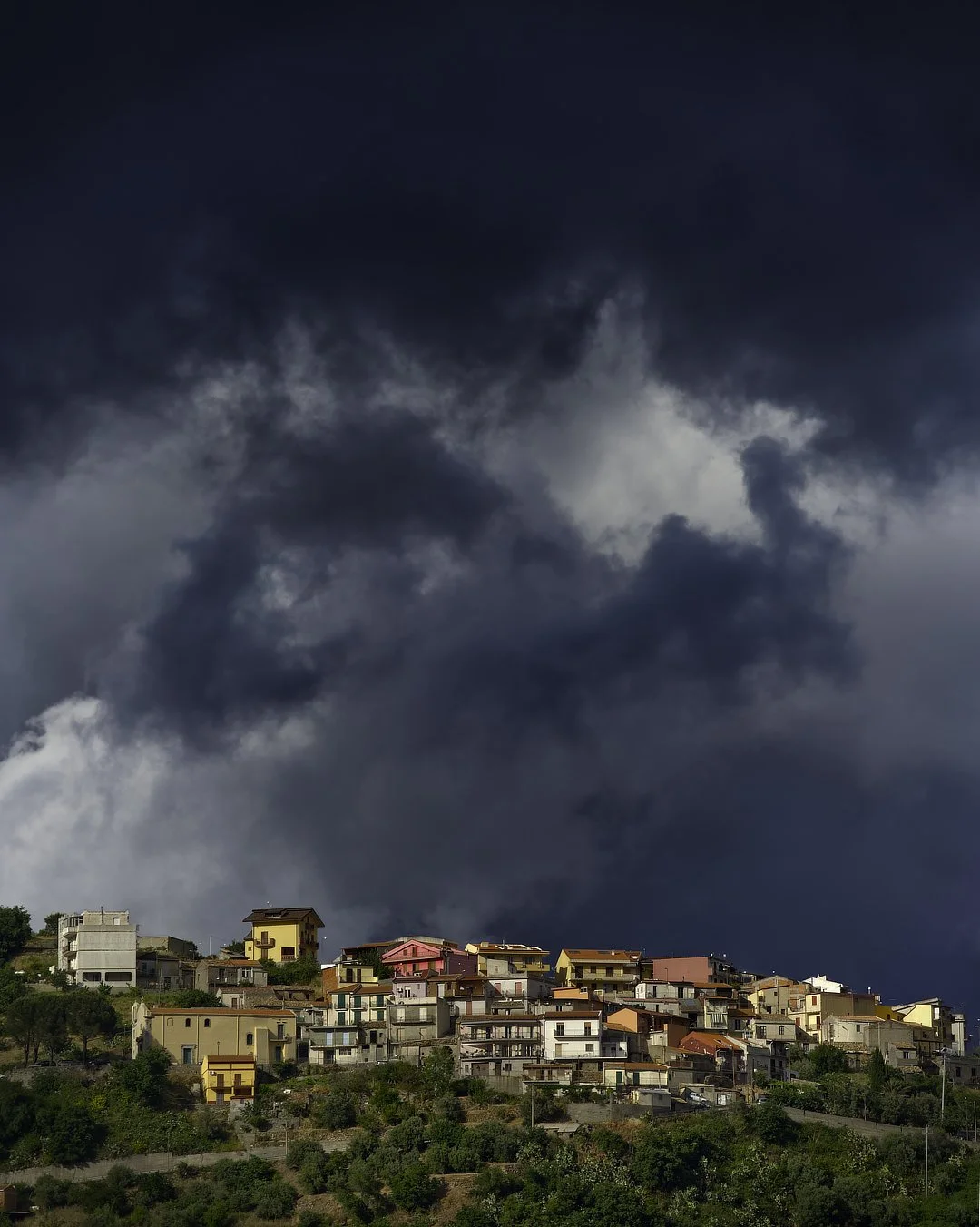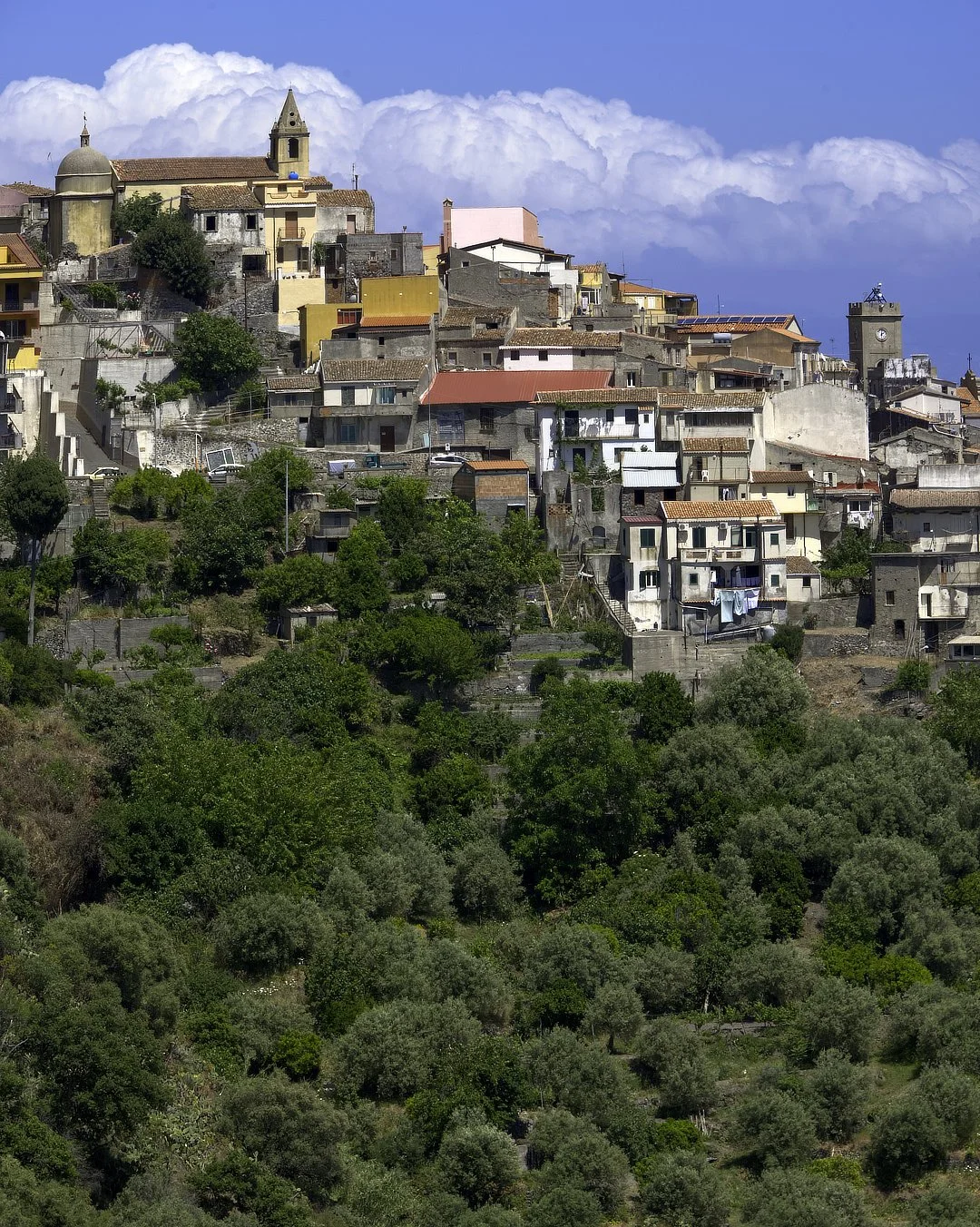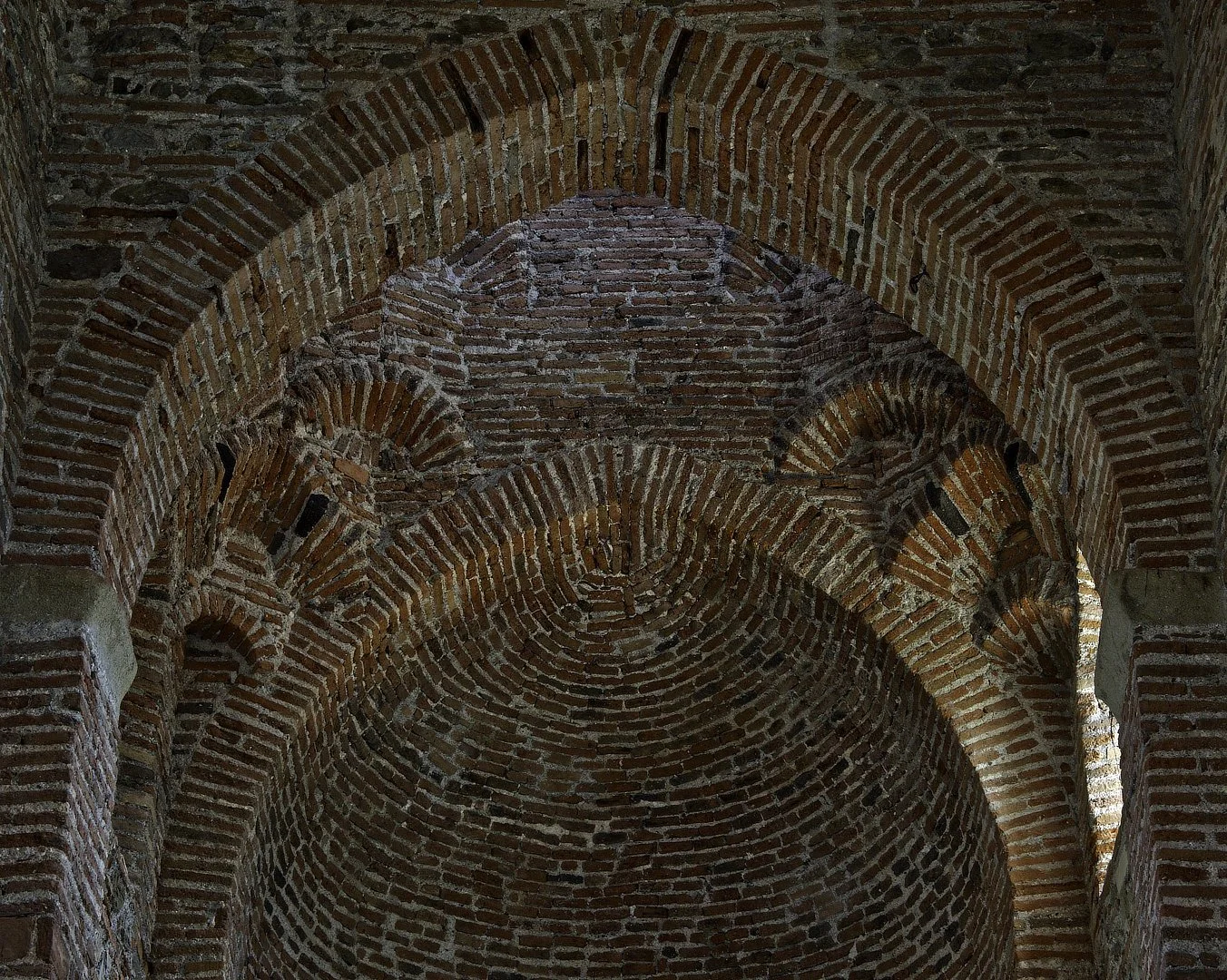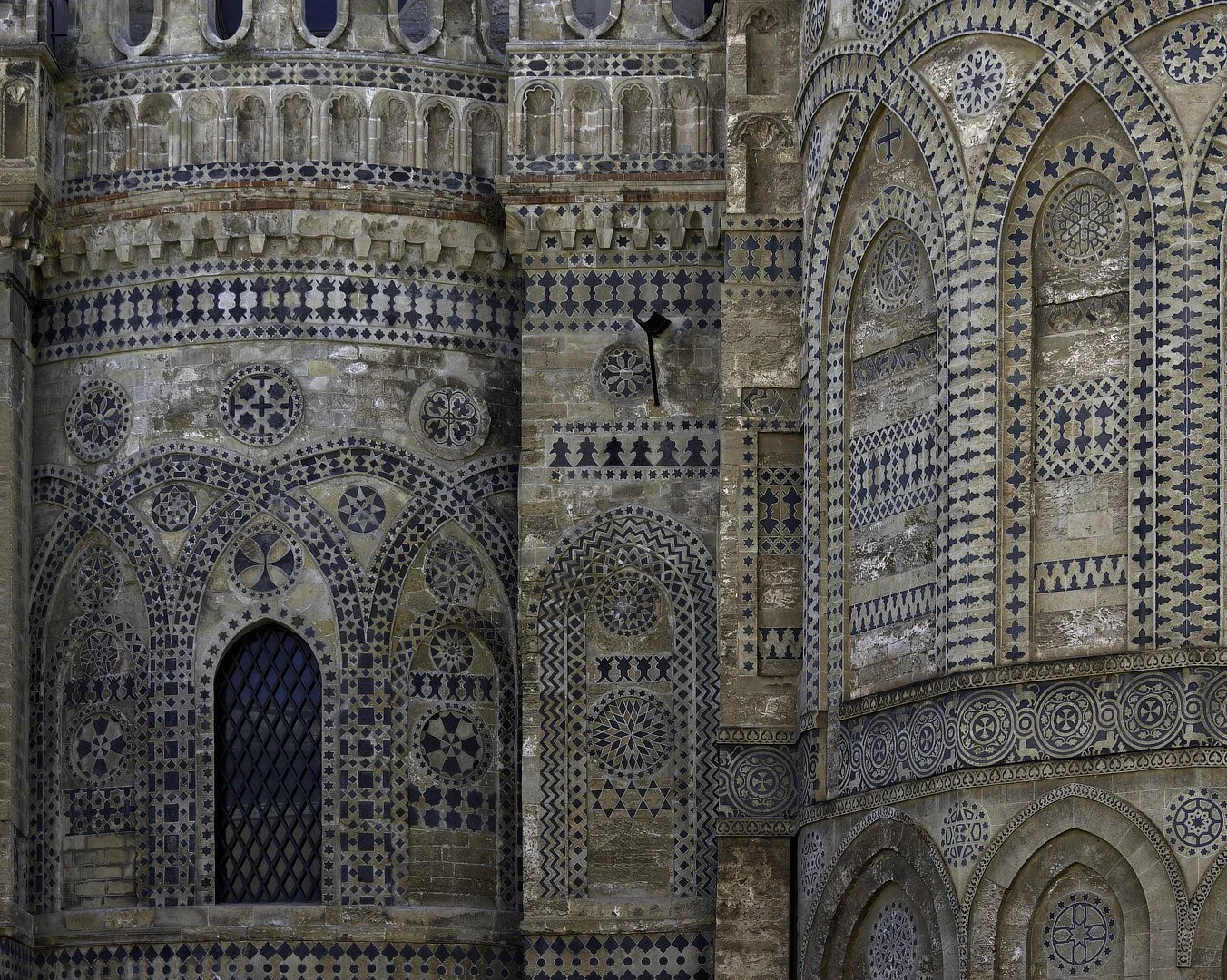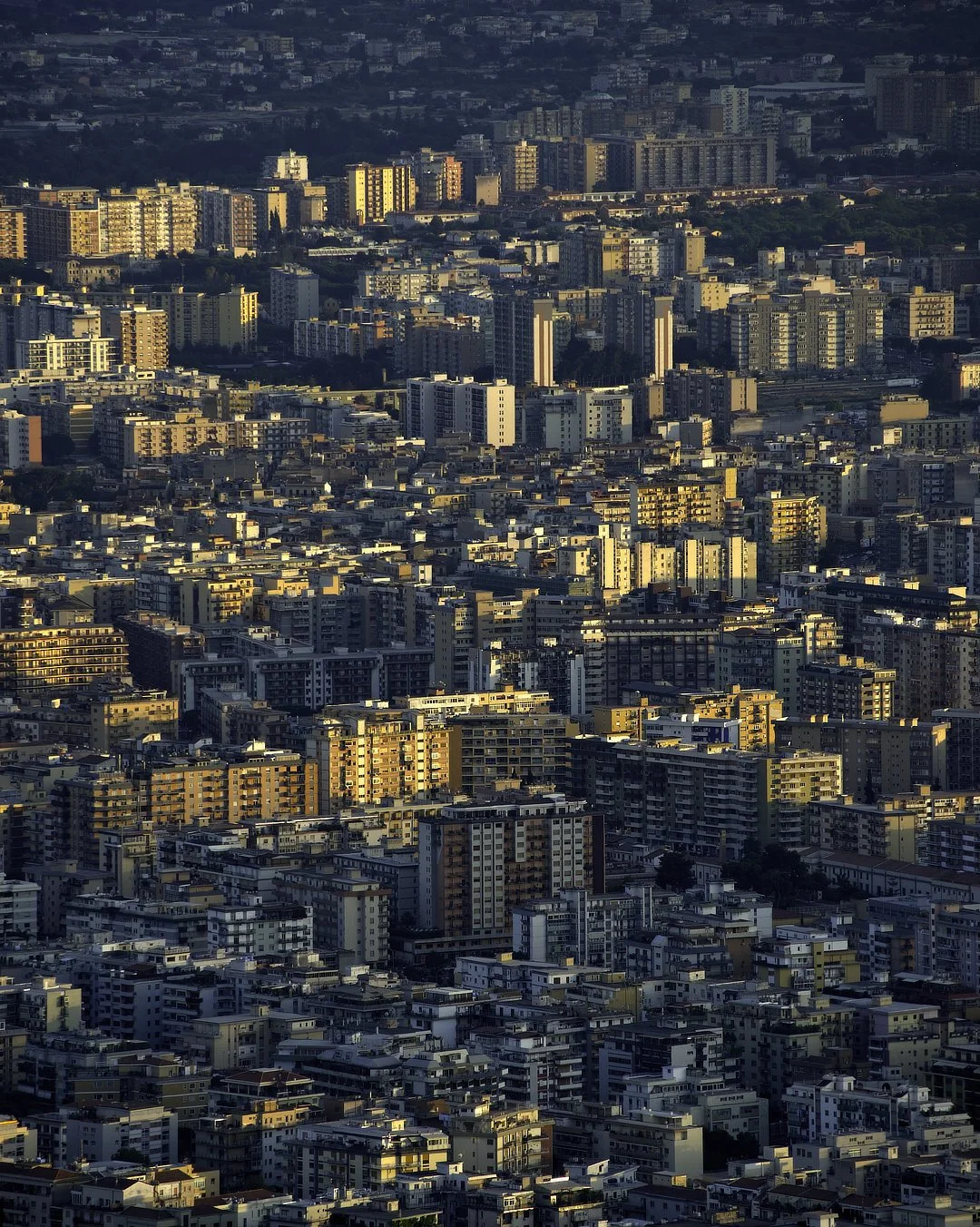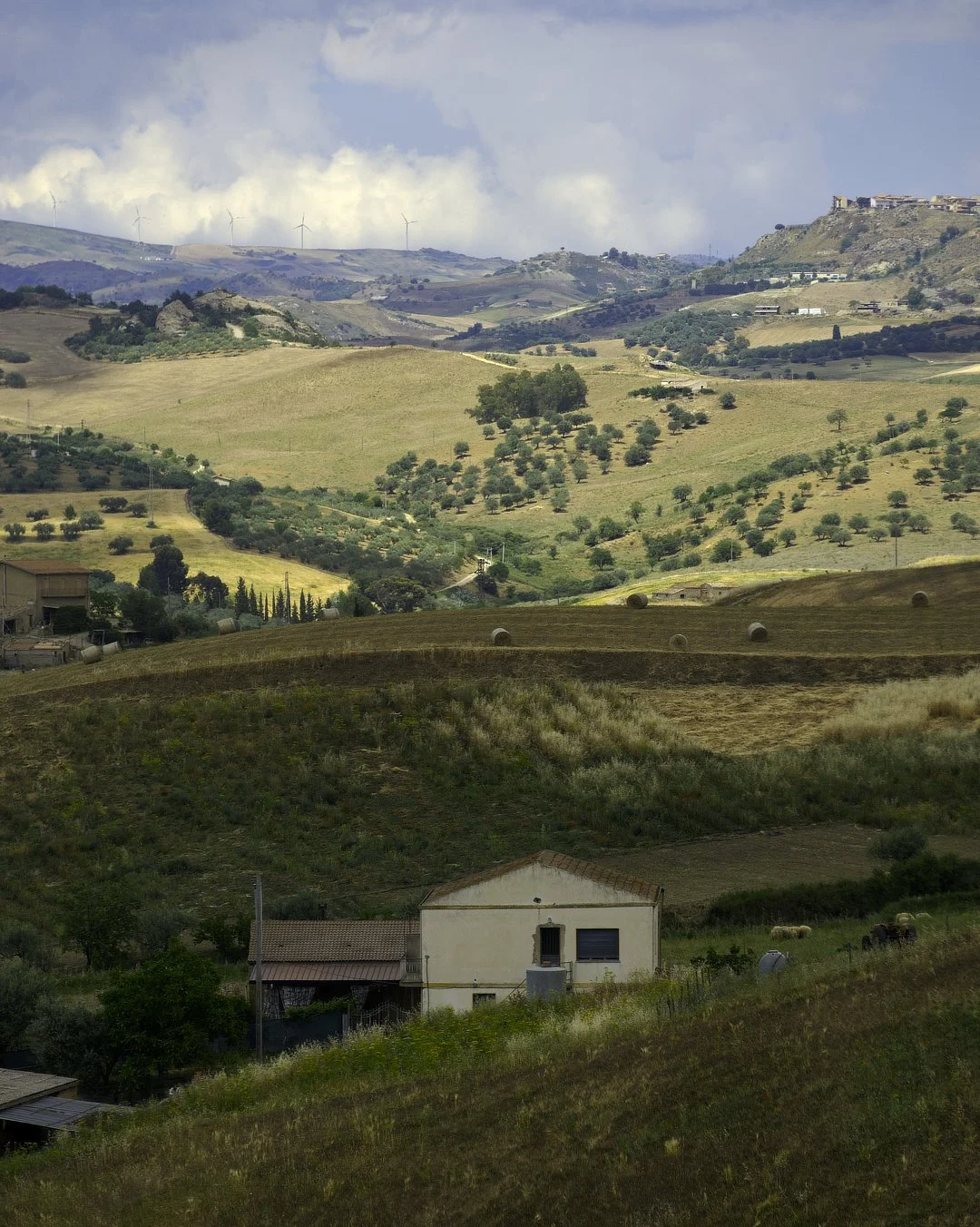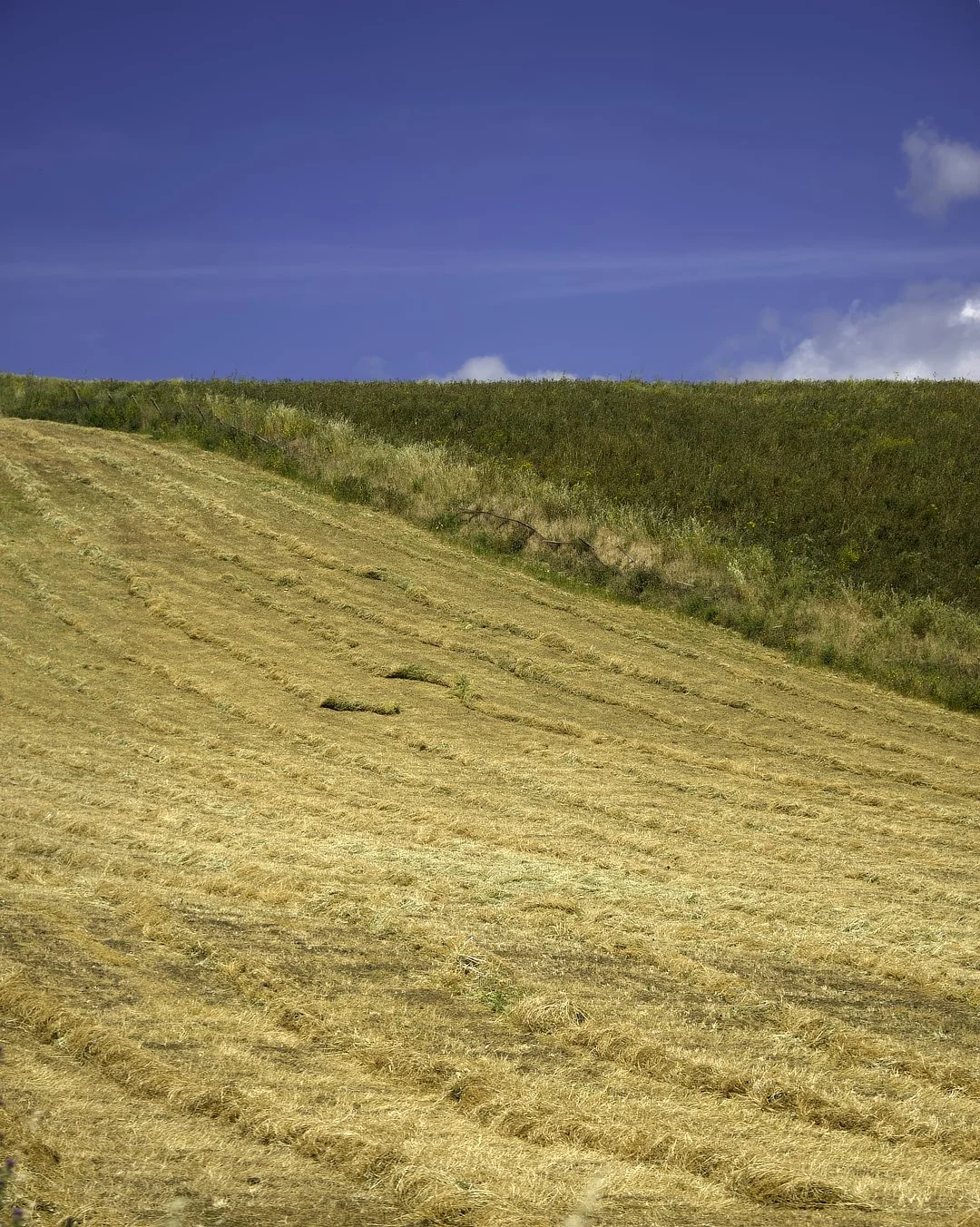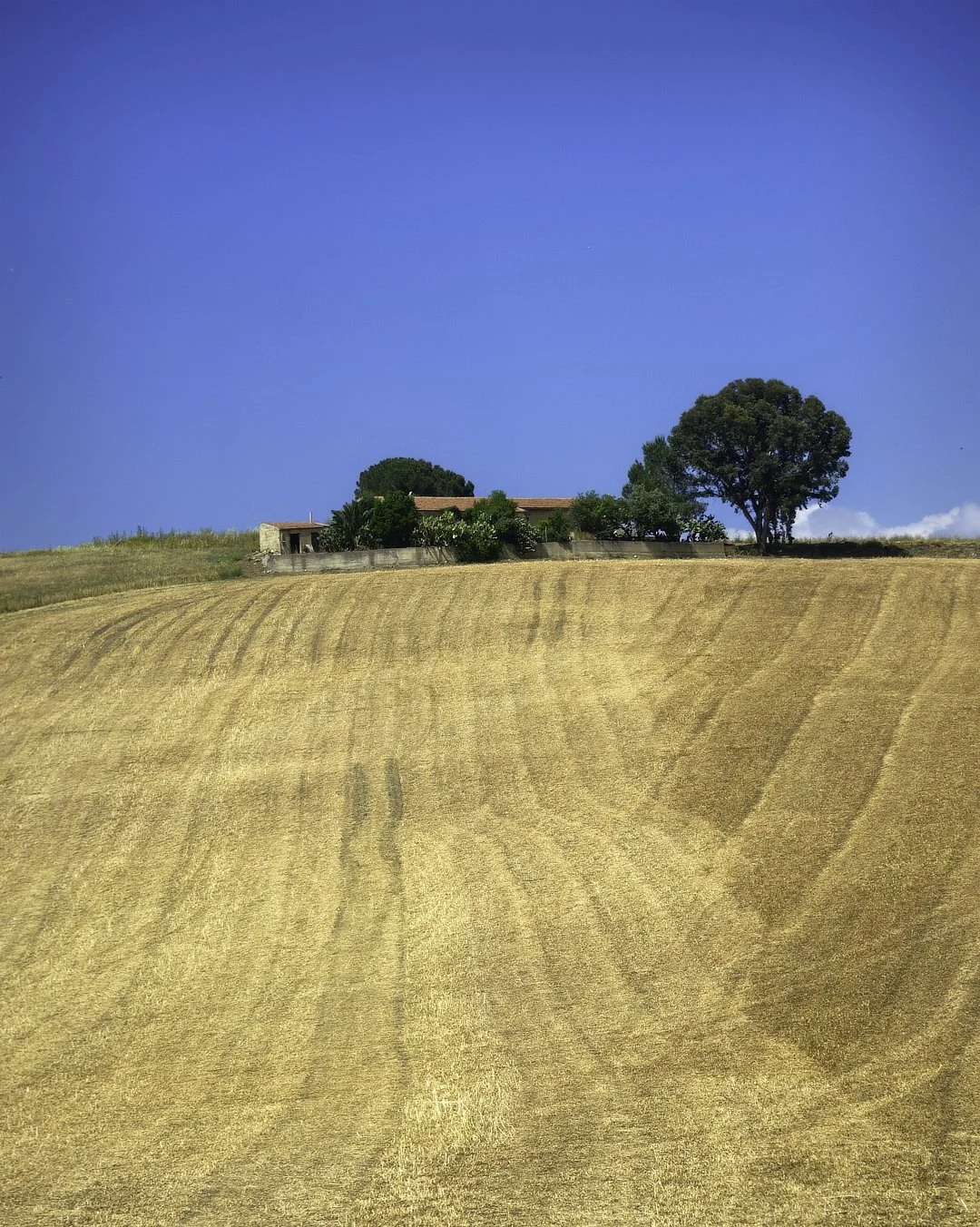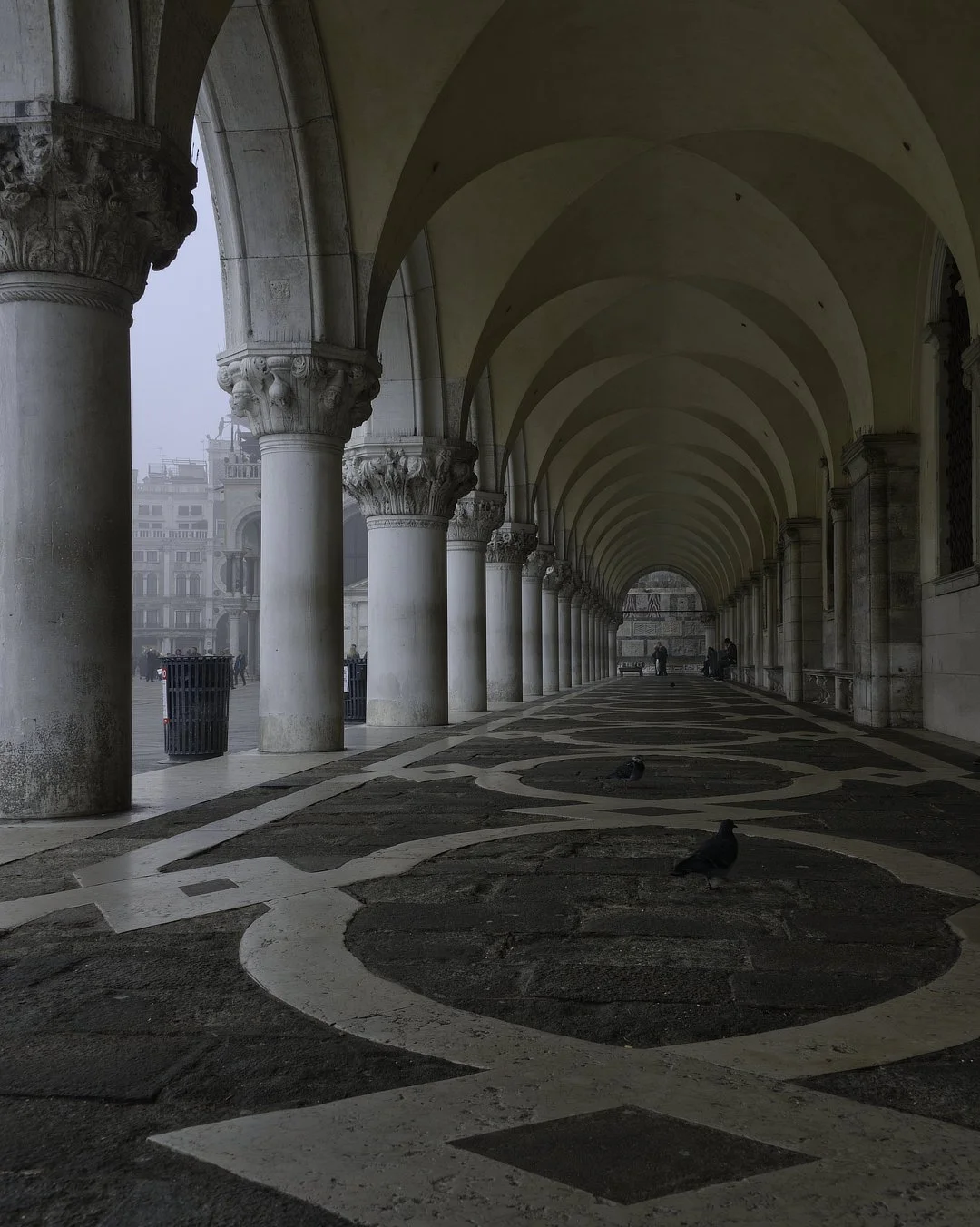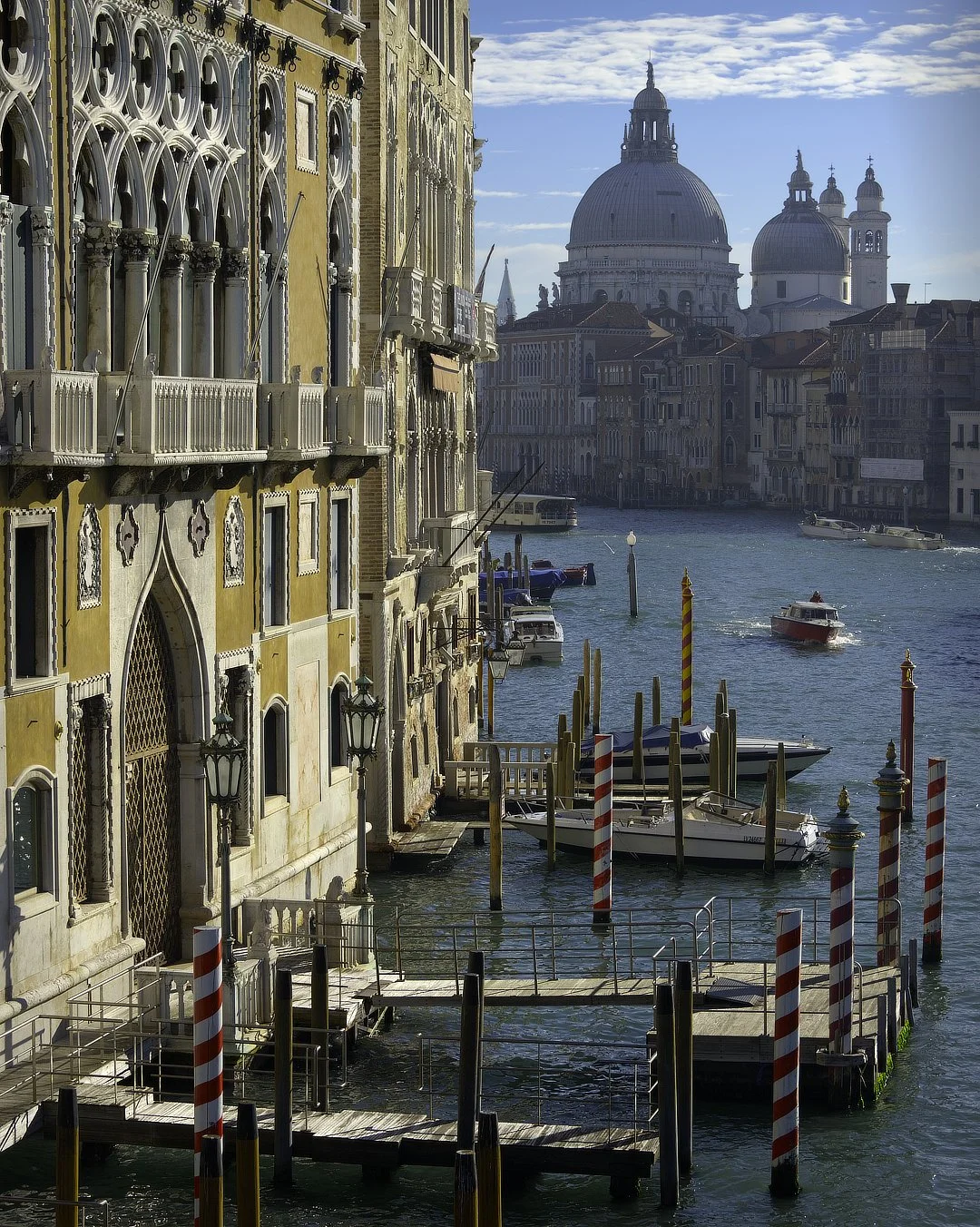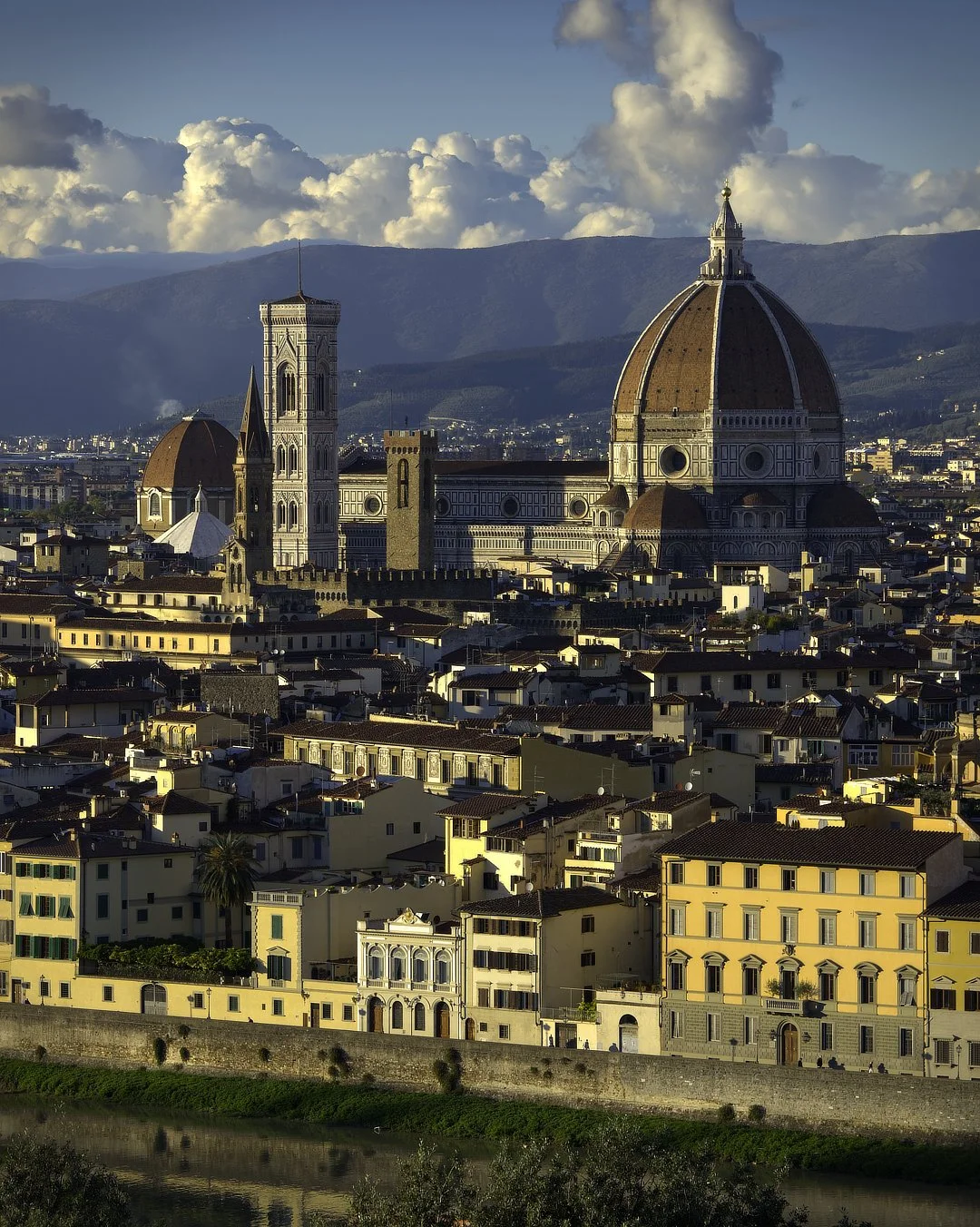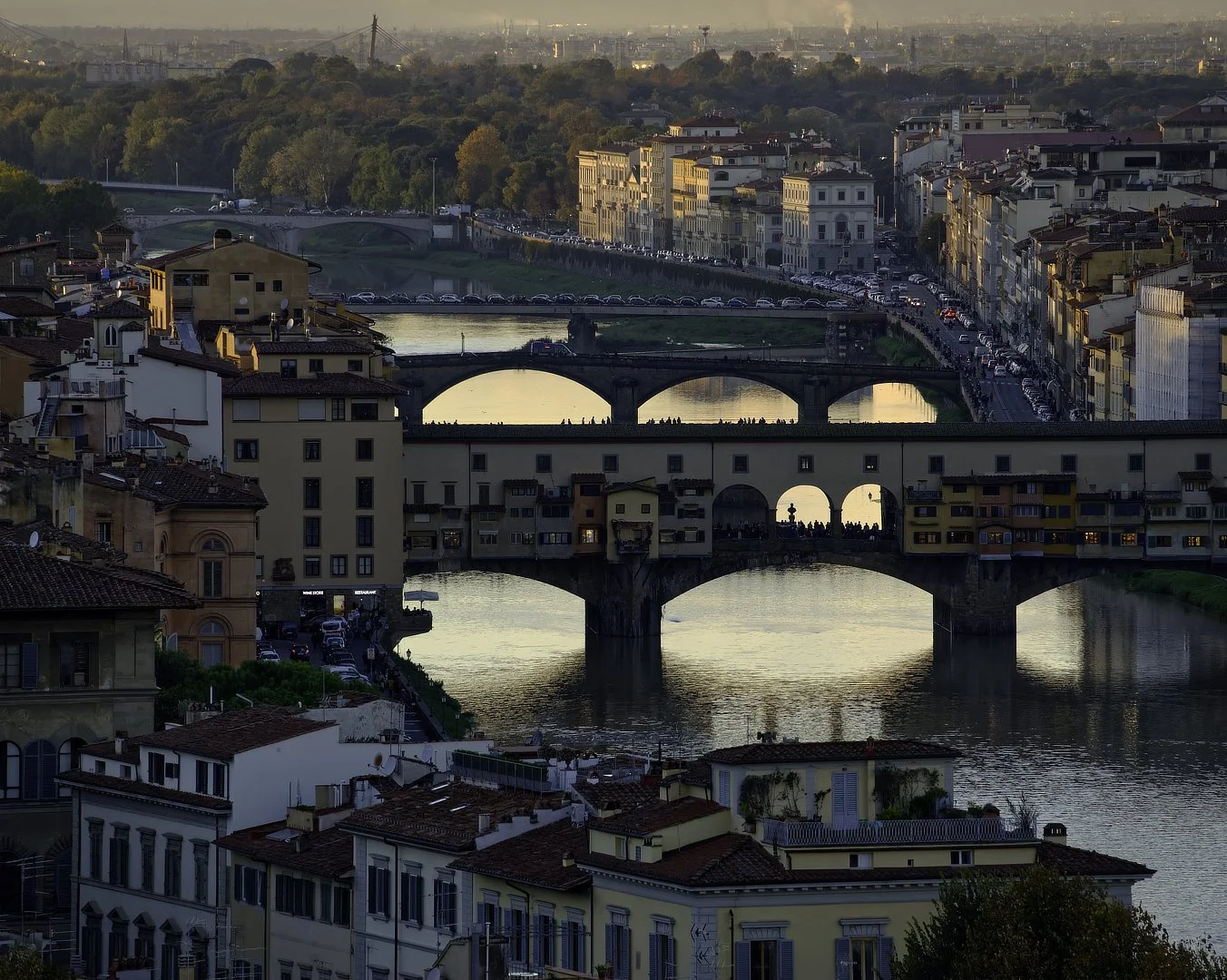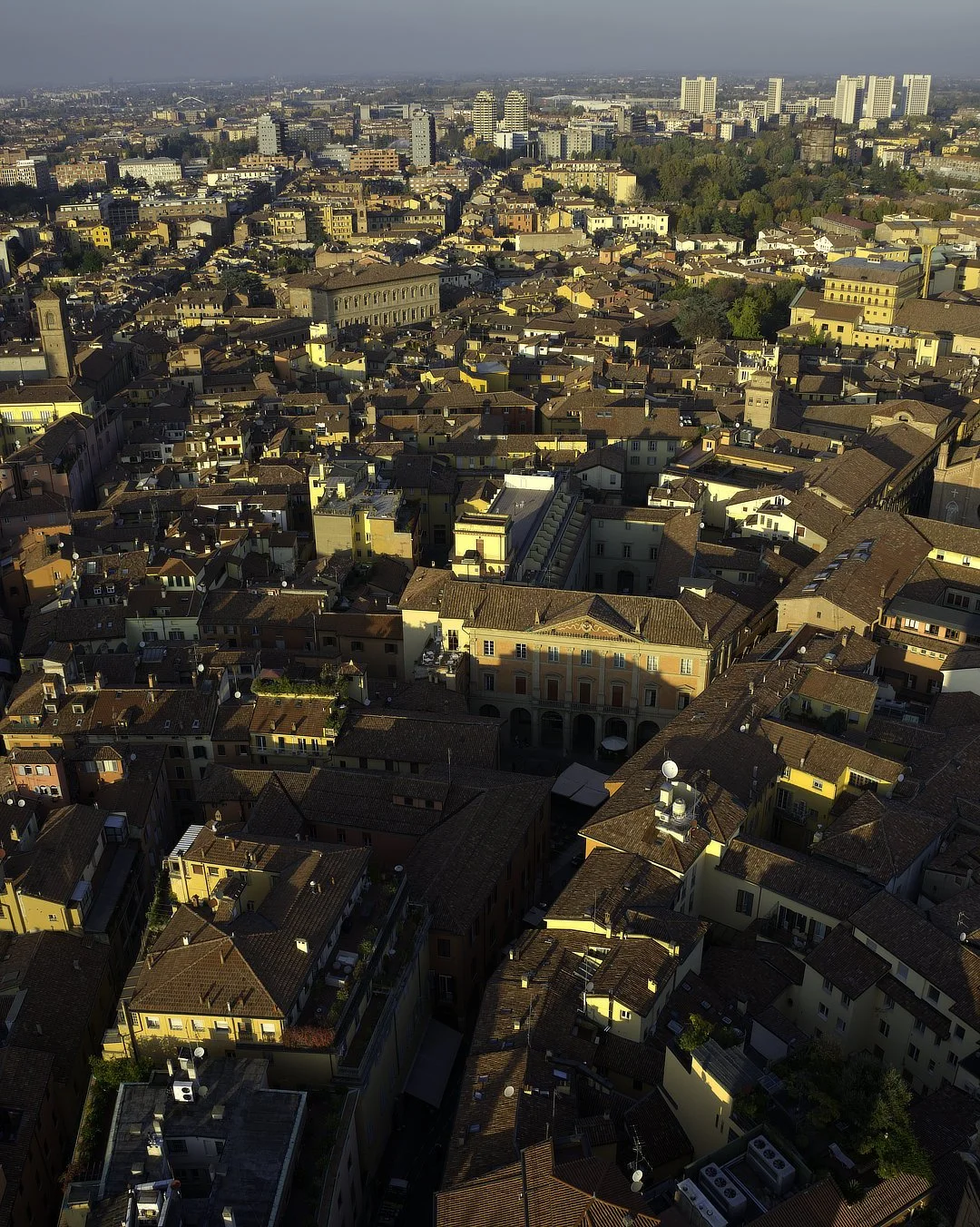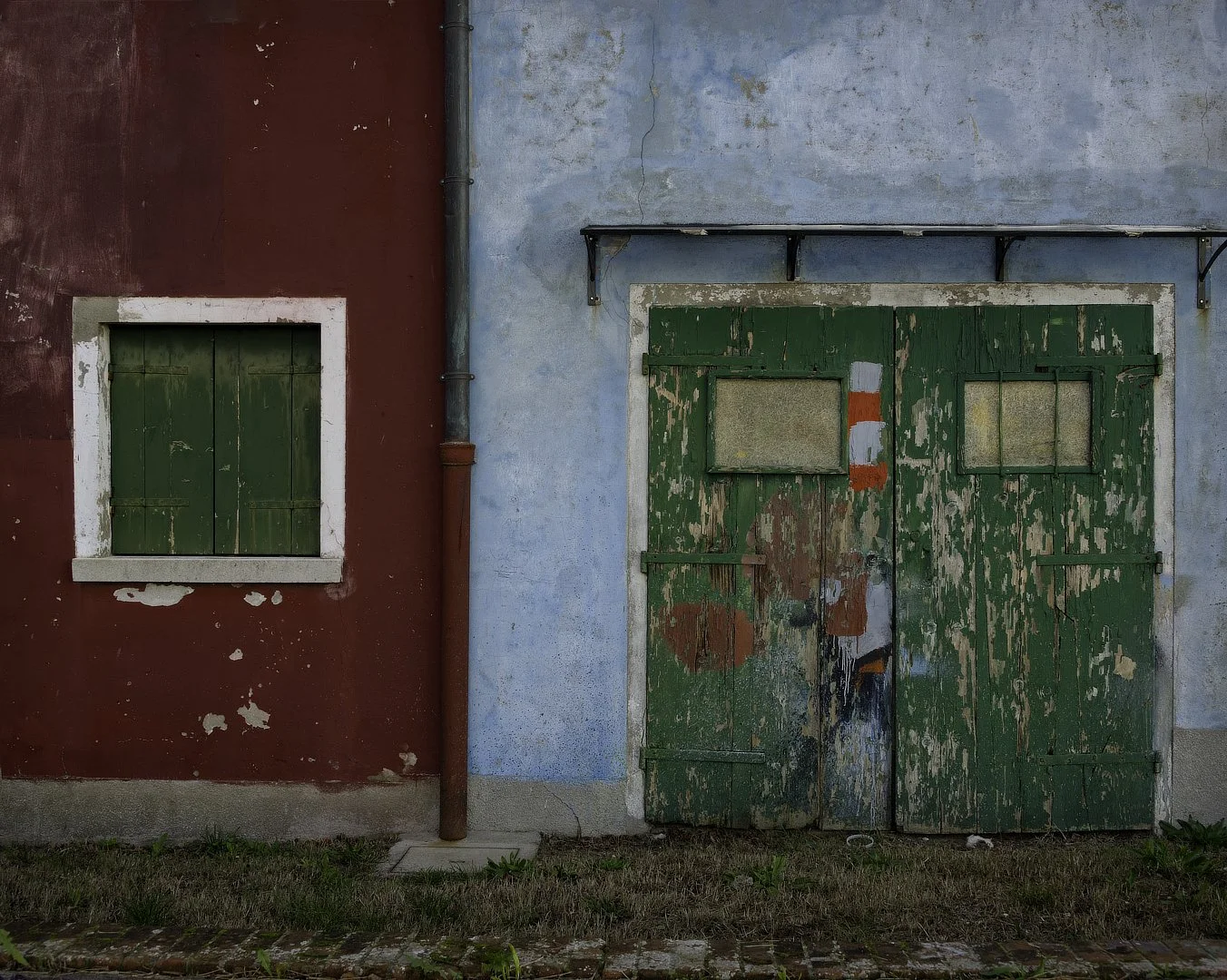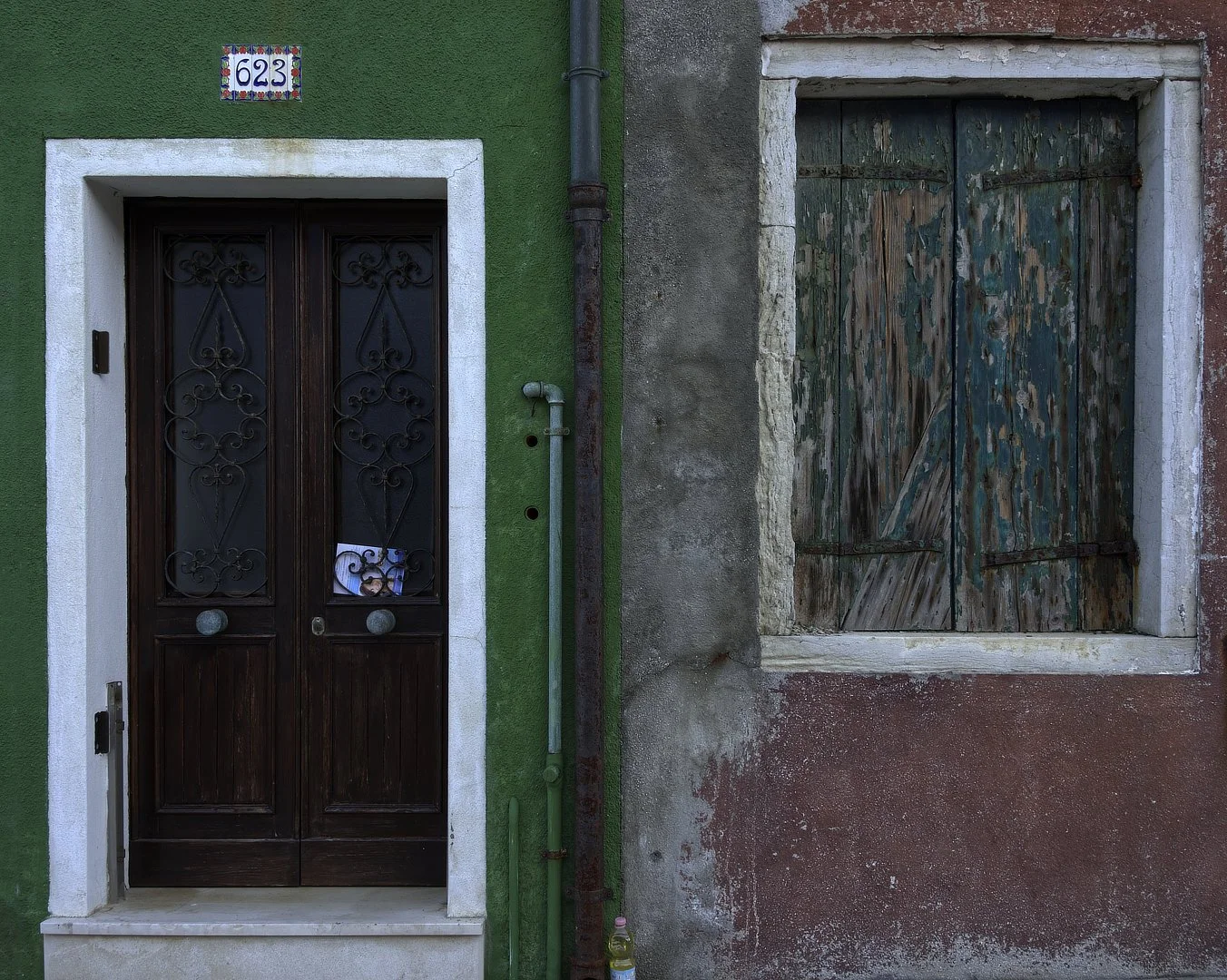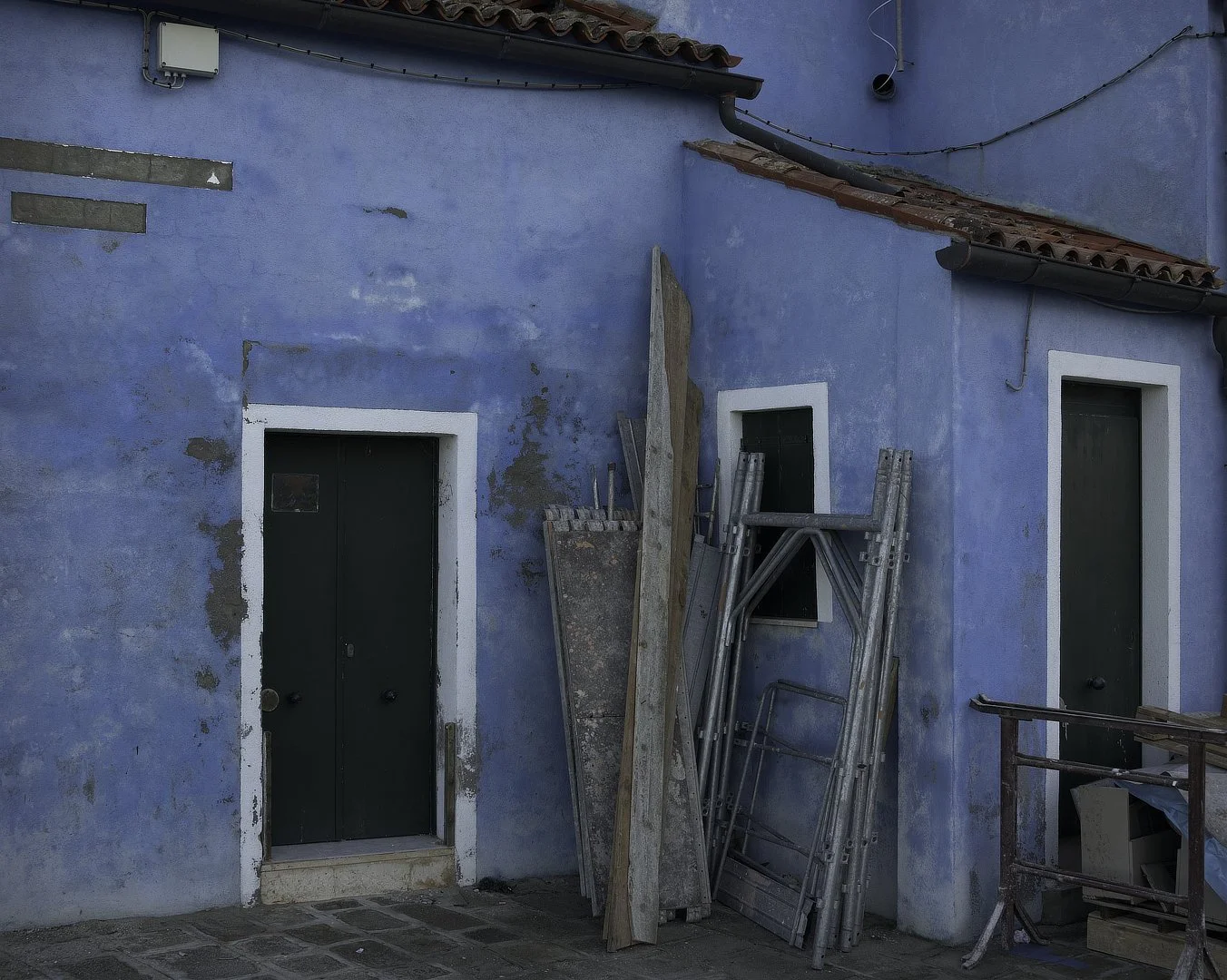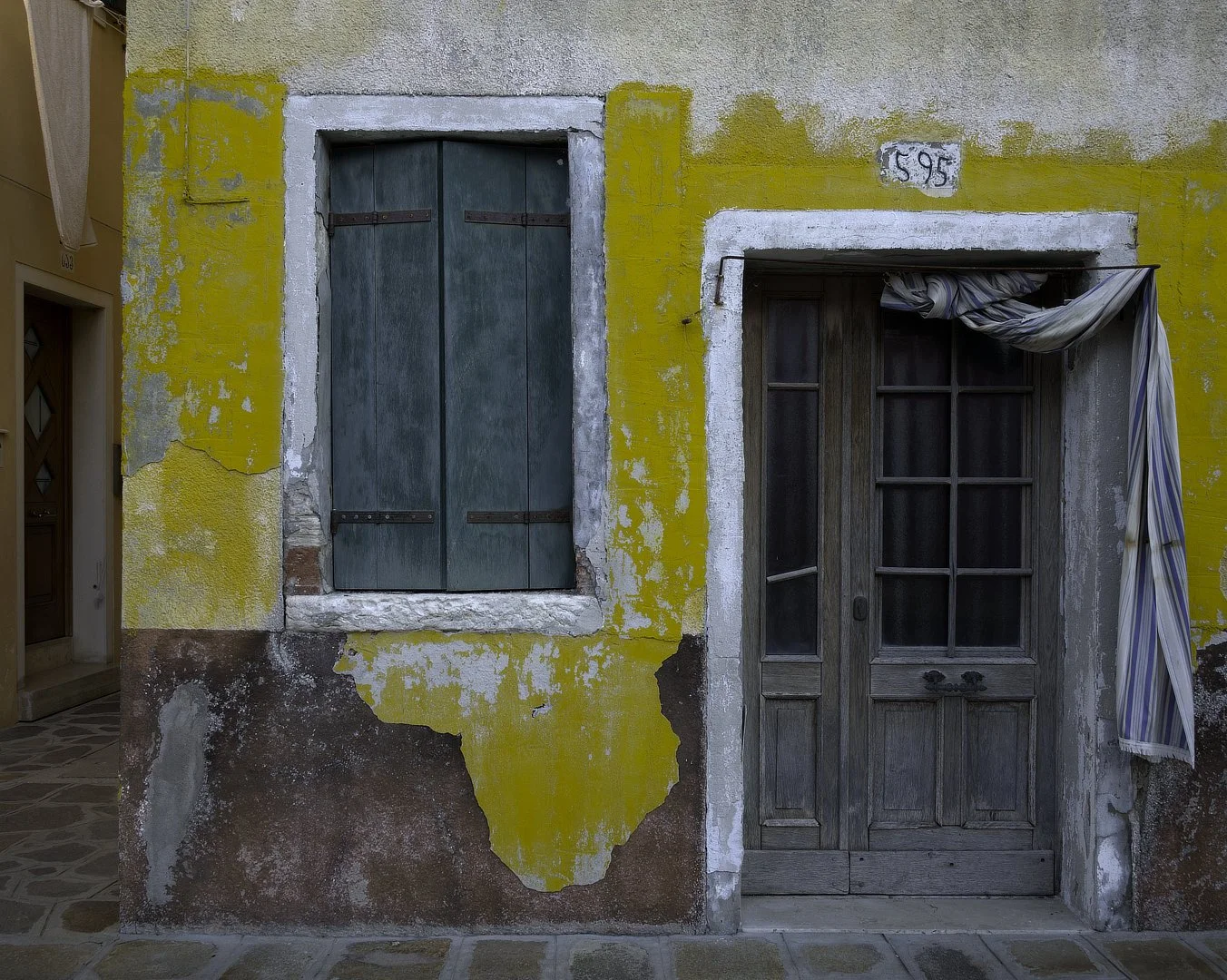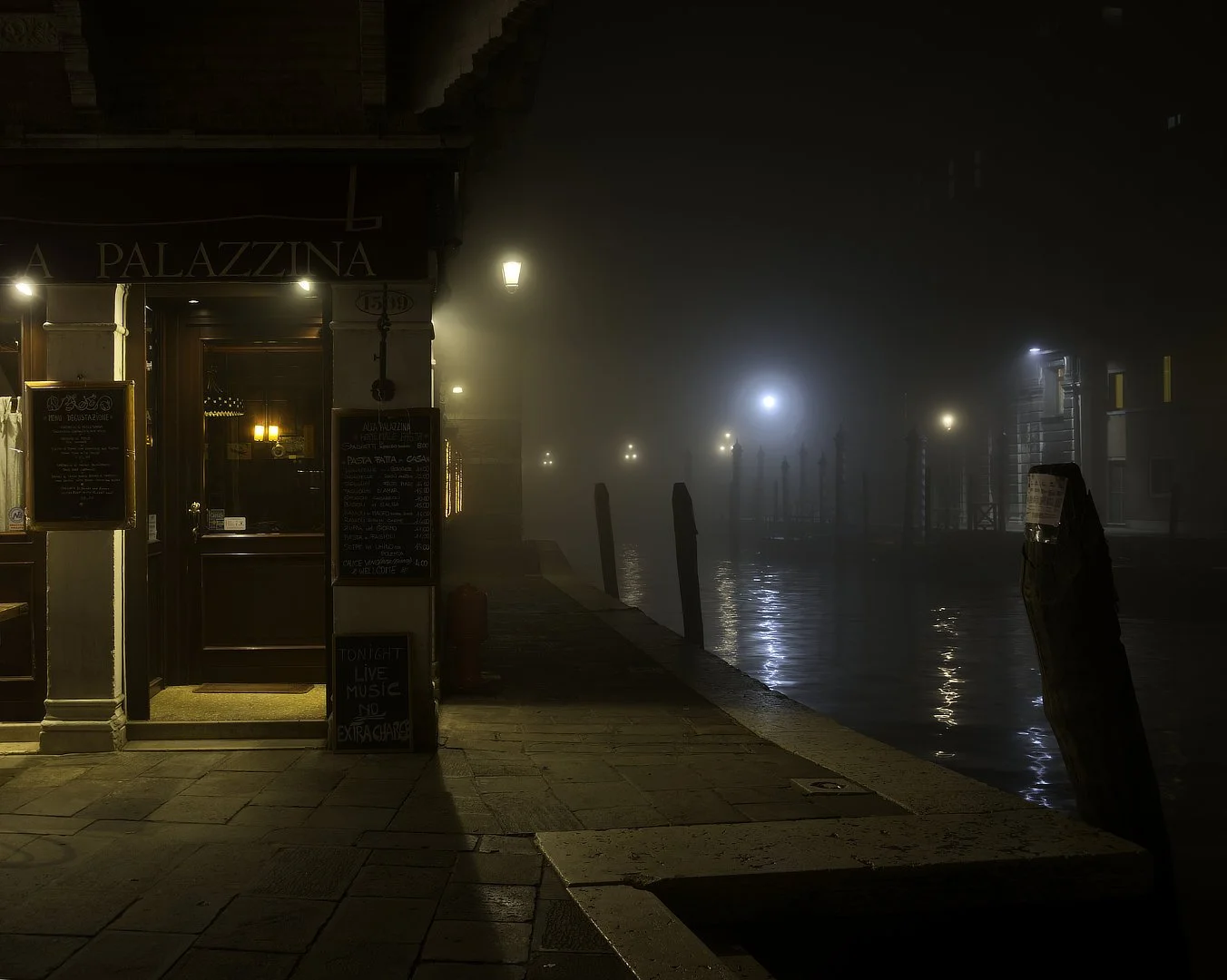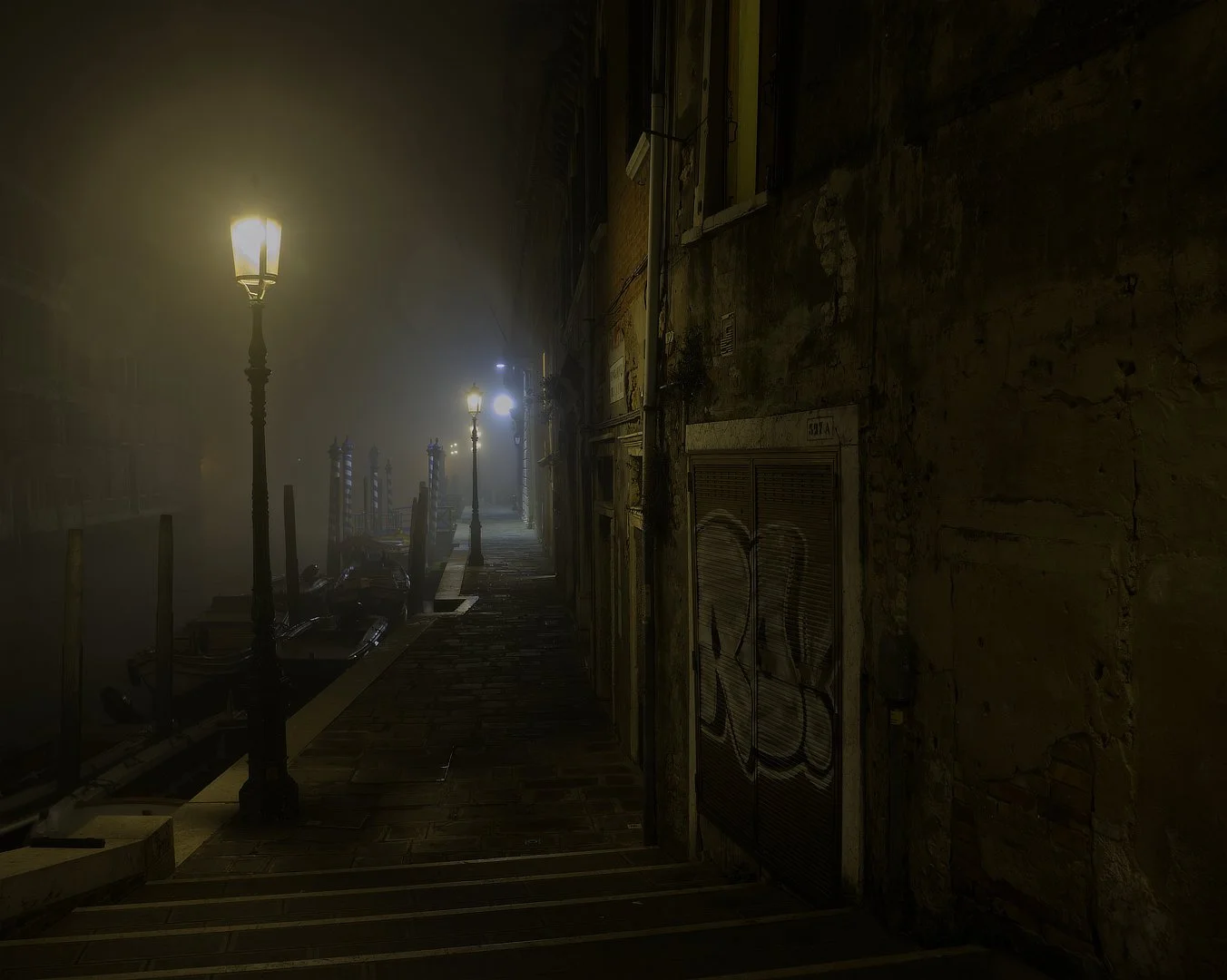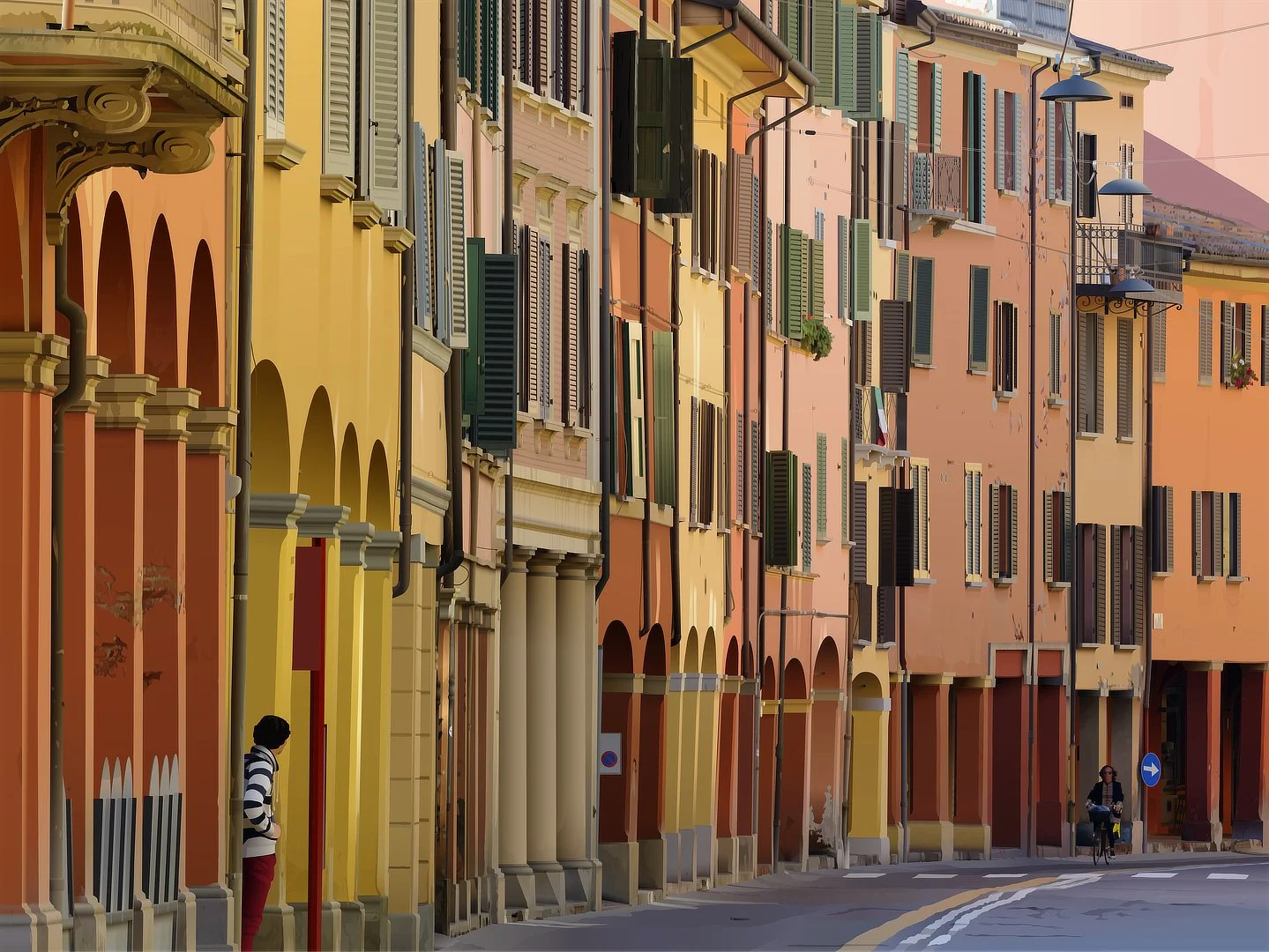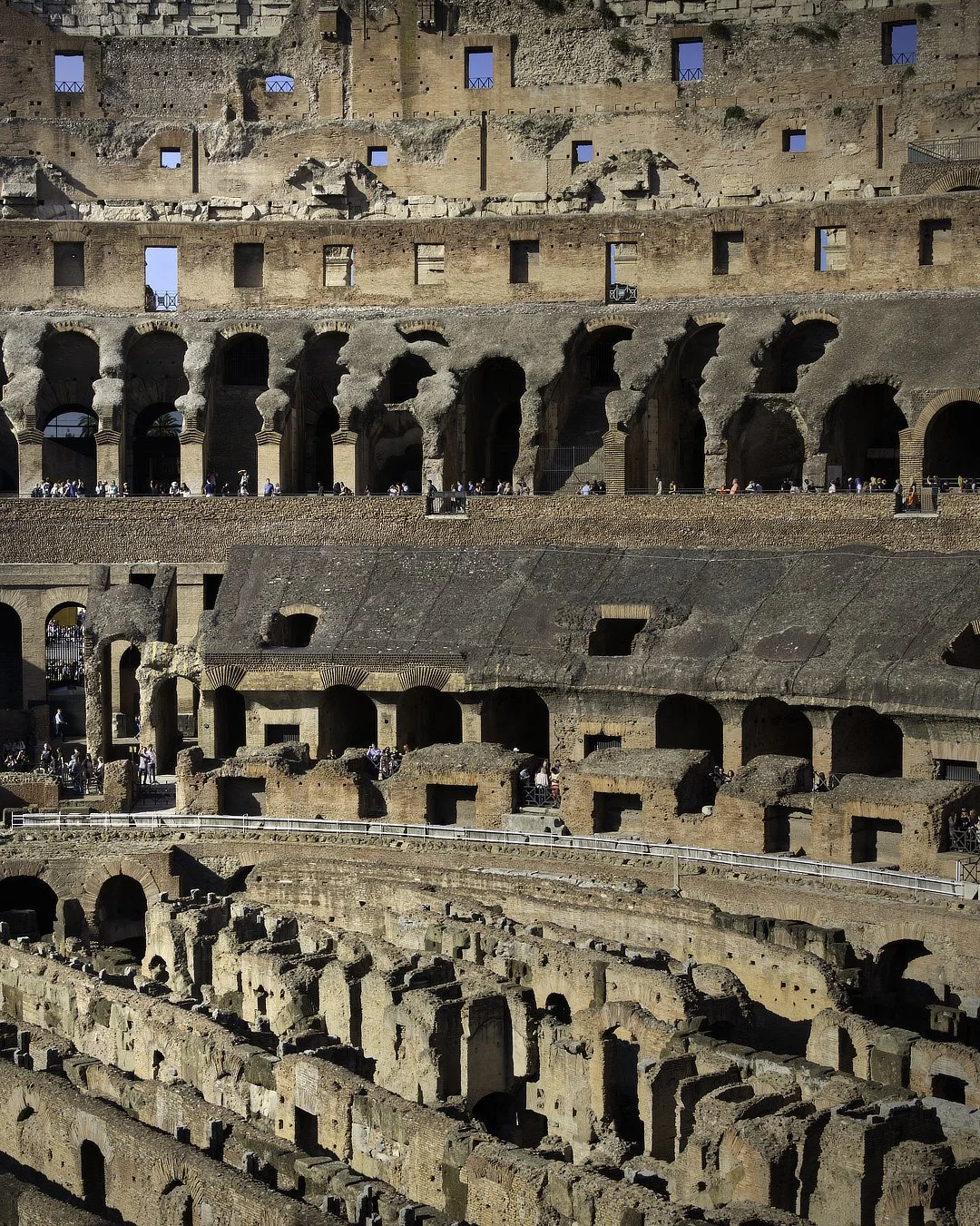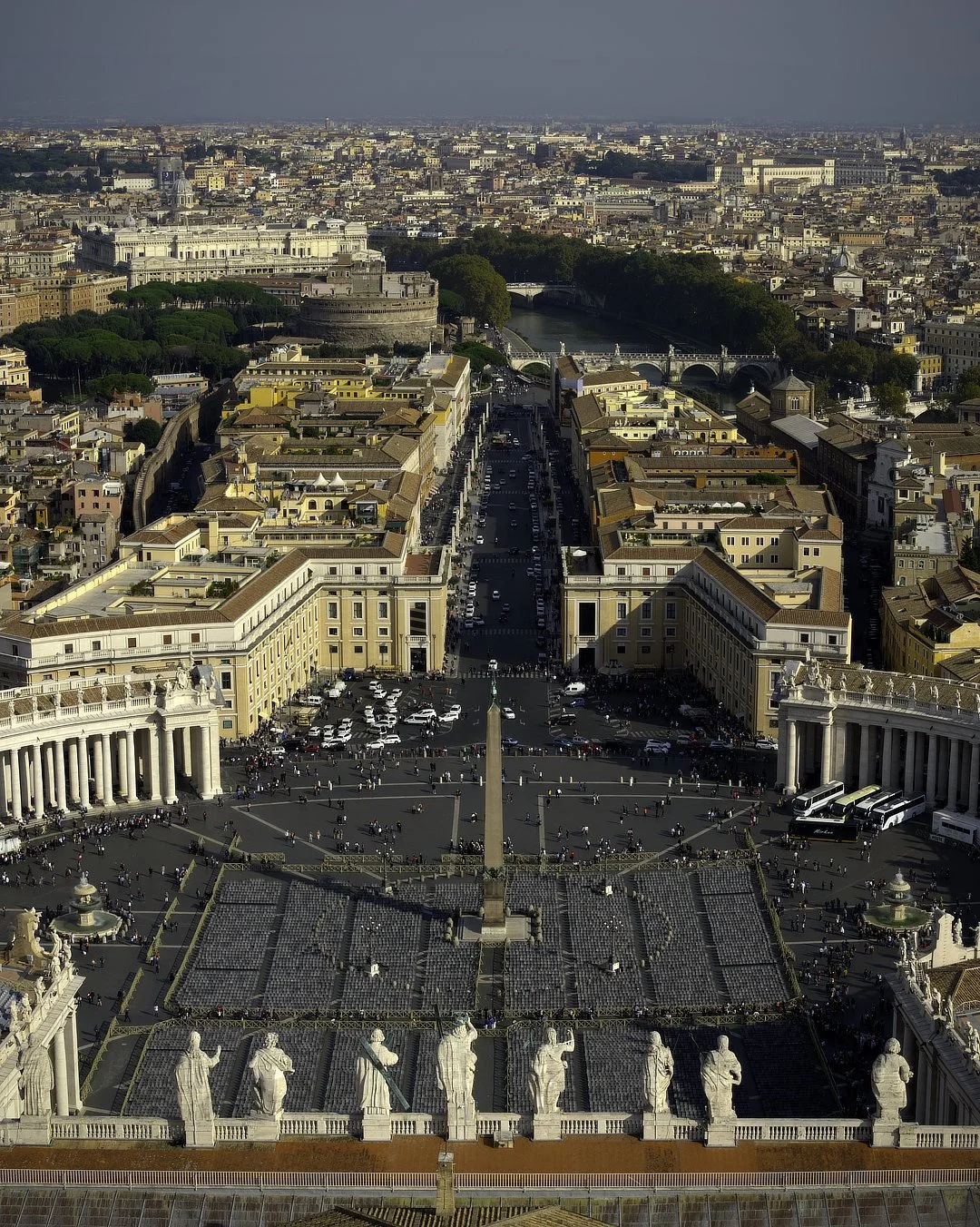Viaggio Italiano
Exhibition at CO.AS.IT. Museo Italiano
Italy has always exerted a strong hold on the world's imagination and this exhibition is a celebration of a country that means so much to so many. For those who have settled here, this special event will be an opportunity to reconnect with their country of origin, even if vicariously through pictures. For those who are about to embark on a journey there, it will serve more than a friendly aperitif.
In this, his second exhibition on Italy, Moses Tan brings an acute eye to the unexpected, encouraging us to look anew at places we think we know, and to find beauty in the everyday - often in places far removed from the tourist route.
L’Italia ha sempre esercitato un forte fascino sull'immaginario collettivo, e questa mostra è una celebrazione di un paese che significa tanto per molte persone. Questo speciale evento sarà, per coloro che si sono stabiliti qui, un'opportunità per riconnettersi con la propria terra d'origine, anche solo indirettamente attraverso le immagini. Per chi invece si appresta a intraprendere un viaggio in Italia, questa mostra sarà qualcosa di più di un semplice aperitivo.
In questa sua seconda esposizione dedicata all'Italia, Moses Tan ci offre uno sguardo acuto sull'inaspettato, incoraggiandoci a osservare con occhi nuovi luoghi che crediamo di conoscere, e a trovare la bellezza nella quotidianità - spesso in luoghi lontani dalle rotte turistiche.
Viaggio Italiano
Notes from the Exhibition
1 to 5 – A short train ride from Catania took us to Santa Teresa di Riva train station. Here, we accosted a stranger, Giuseppe, who agreed to be our driver and guide. Sporting a bandanna, he was the spitting image of Dennis Hopper from Easy Rider. Grazie mille, Giuseppe, for introducing us to some lesser known places. The colours of Fiumedinisi are all the more saturated because it had rained earlier in the day, but the threatening sky was ever present. Santi Pietro e Paolo d’Agrò is a church from the 12th century and its unadorned interior is beautiful in its simplicity.
6 – Palermo Cathedral’s magnificent facade shows a multitude of influences.
7 – Chiesa di San Giuseppe dei Teatini is located on Palermo’s busy Via Vittorio Emanuele. Stepping into it, one encounters a magnificence that belies the simplicity of its exterior.
8 – Palermo: Benedictine Monastery. I have always liked the cloistered atmosphere of a monastery. My Catholic education and upbringing may have something to do with it.
9 – Palermo: The late evening light ripens the colours of the buildings into a most seductive intensity.
10 to 13 – These were shot from a train as it shuttled across the Sicilian landscape from Catania to Palermo. The most difficult aspect of this enterprise was to avoid reflections of windows in the images.
14 – Away from the Grand Canal, boats and barges dawdle idyllically in quiet canals, the serenity gently punctuated by the sounds of shuffling feet as locals hurry about on their daily rounds.
15 – Venice is not a museum; it is a living city, heaving under the weight of mass tourism. This little book bindery reminds us of the resilience of folks eking out a living here, preserving a way of life handed down through generations.
16 – The proximity of homes means that one becomes privy to the familial chatter around dinner tables, noise from a TV show and the crackle of music from a radio – all in synchronous disharmony, and all made more audible because of the late hour.
17 – The neglect of Venice is part of its charm; the intoxicating fragrance of crumbling antiquity is ever present.
18 – Arches, Doge’s Palace. Normally thronging with people, the unusually cold weather has sent people indoors, save for a handful of tourists and pigeons.
19 – The Grand Canal is the 'central highway’ of the city. 'A multitude of tottering palaces presses towards its waterfront like so many invalid aristocrats jostling for fresh air.’ Jan Morris
20 & 21 – The city most associated with the great flowering of the Renaissance is Florence. Here it sits astride the Arno and looks resplendent in the evening light; the skyline is dominated by Brunelleschi’s Dome and Giotto’s Campanile.
22 – Bologna is home to one of my musical heroes, Ottorino Respighi. His musical oeuvre has colour and nostalgia in abundance. I challenge you to listen to his ‘Gli Uccelli’ and the three suites of ‘Ancient Airs and Dances’ and not fall in love. The warm colours of this image befits the autumnal resonances so pervasive in his music.
23 to 25 – Cinque Terre is a series of five hillside towns linked by a most beautiful walking track. My partner and I walked to four of the towns. Naturally, I did not reveal the distance that was to be covered on the walk until the final destination was reached. I am proud of my ‘old’ lady.
26 to 30 – ‘Burano is the most colourful square mile in the Mediterranean.’ I can confirm the truth of this remark. The impermanent nature of the home-made paint – a mixture of lime, salt, water and glue – means that frequent repainting is necessary. This activity presents residents with an affordable way of expressing their individuality and pride.
31 and 33 – Navigating Venice’s maze of waterways and alleys at night may fill one with apprehension, but for me it was sheer delight. Gone are the tourists and a sense of quietude descends. Furthermore, streetlights, misted with fog, lend enchantment to the eye; these are photographic moments not to be missed.
32 – In Venice, the air and the light are continuously changing and one’s moods fluctuate in sync. The sky here has a curious coppery tinge, and a keen breeze corrugates the surface of the lagoon.
37 and 38 – There is no escaping the allure of Rome’s big attractions. The near imperceptible line of tourists highlights the monumentality of the Colosseum. As for St Peter’s Square, it is easy to imagine the newly elected Pontiff beaming blessings down onto his flock should he find himself inside Michelangelo’s Cupola
34 to 36 - Three digital drawings. Why draw when a photograph will suffice? There are several reasons. Firstly, when one draws, one truly sees. Secondly, it is a relaxing task, especially when there is music wafting away in the background. Thirdly, it is a problem-solving exercise: one is constantly searching for more economical ways to do difficult tasks. Finally, should a person come along to purchase a drawing, but wishes it to be the size of his gargantuan lounge-room wall, the image can be upsized without any loss in detail or sharpness. This is because a digital drawing is vector-based (mathematically described) rather than pixel-based (with its fixed number of pixels). But the real reason I draw is that by doing something that is difficult, I impart a greater sense of permanence to the completed work.

